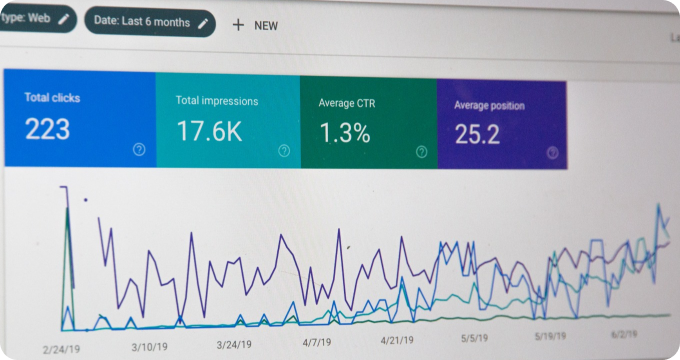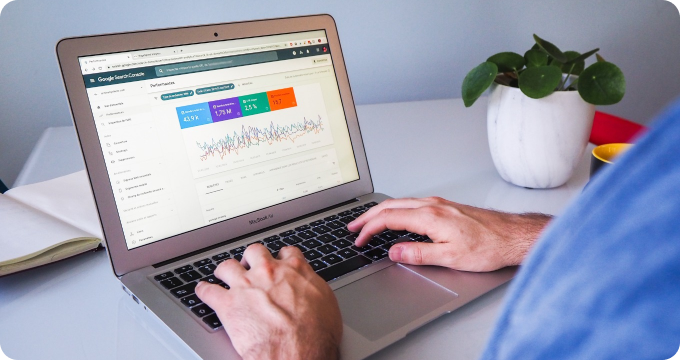What are Software Tools for Qualitative Data Analysis and How Do They Work?
- October 28, 2023
- 2 minutes
In the annals of research, the advent of qualitative data analysis software (QDAS) marked a significant turn, as it has drastically streamlined data handling, processing, and interpretation. QDAS refers to a diverse array of software tools engineered to assist researchers in the analysis of qualitative data, a type of data that is non-numerical and descriptive in nature, such as interview transcripts or survey responses. These software tools perform a wide range of functions, from data organization, coding, visualization, to report generation. This post will delve into the nature of these software tools and elucidate how they function in the realm of qualitative data analysis.
To comprehend the essence of QDAS, one needs to first understand qualitative data. Unlike quantitative data, which is numerical and typically amenable to statistical analysis, qualitative data is non-numerical, encompassing a broad array of information types, such as text, images, audio, and video. Interpretation of qualitative data necessitates an in-depth, holistic approach, often demanding iterative rounds of reading, coding, and theme identification. This is where QDAS comes into play.
QDAS tools afford researchers the capacity to manage, organize, and analyze vast amounts of qualitative data. At the most basic level, these tools function as organizational aids, providing spaces for data storage and categorization. Researchers can classify data into various categories or 'codes', facilitating efficient retrieval of specific data segments. This function becomes particularly useful when dealing with voluminous data sets that would be daunting, if not impossible, to manage without a systematic organizational tool.
Beyond organization, QDAS facilitates data analysis through coding and theme identification. Coding is a foundational aspect of qualitative analysis, signifying the process of identifying and applying labels (codes) to specific data segments. These codes embody the essence of the data segment, capturing its primary theme or idea. QDAS enables researchers to manually create, modify, and apply these codes to their data.
However, some QDAS tools also incorporate machine learning algorithms that support automatic coding. These algorithms are trained to recognize patterns or themes within the data and automatically assign codes based on these patterns. This automation can significantly expedite the coding process, particularly when dealing with large data sets. However, researchers must be wary of potential trade-offs. While automation can save time and effort, it may not always accurately capture the nuances and subtleties inherent in qualitative data. Thus, manual review and refinement of codes often remain crucial.
Beyond coding, QDAS supports a variety of additional analysis techniques. Some tools allow for text search and retrieval, assisting researchers in locating specific phrases or keywords within their data. Others feature visualization tools that enable researchers to visually map out their codes and themes, promoting a deeper understanding of the data’s structure and relationships.
A further advantage of QDAS is its capacity to generate reports. After the strenuous process of data collection, organization, coding, and analysis, researchers typically need to share their findings. QDAS tools often have built-in functions for report generation, allowing researchers to easily compile, present, and share their analytical insights, enhancing the transparency and reproducibility of their research.
In concluding, it's integral to recognize that while QDAS has revolutionized qualitative data analysis, it is not without its limitations. Like all tools, the value of QDAS is contingent on the user’s expertise and understanding. Researchers must possess a solid grounding in qualitative research methods and maintain a reflexive approach to their use of QDAS.
Far from replacing the researcher, QDAS serves as an auxiliary tool, amplifying the researcher's capabilities but never substituting their discernment and judgment. Moreover, the selection of a specific QDAS tool should be governed not by its bells and whistles but by its alignment with the research objectives and the nature of the data.
Amid the kaleidoscope of software tools available, the adept researcher is one who discerns their unique needs and chooses the QDAS that best caters to them, harnessing the potential of these tools to spark illuminating insights from the rich tapestry of qualitative data.
Learn More
Dive deeper into the fascinating world of qualitative data analysis software by exploring our insightful blog posts - your next big discovery could be just a click away! They should not miss the opportunity to view our comprehensive rankings of the Best Software For Qualitative Data Analysis, a valuable resource for making informed decisions.
Popular Posts
-
 Qualitative Data Analysis Software Industry Report: Key Findings and Crucial Insights
Qualitative Data Analysis Software Industry Report: Key Findings and Crucial Insights
-
 How to Budget for Software in Qualitative Data Analysis
How to Budget for Software in Qualitative Data Analysis
-
 Ask These Questions to a Data Analyst to Choose the Right Software for Qualitative Data Analysis for You
Ask These Questions to a Data Analyst to Choose the Right Software for Qualitative Data Analysis for You
-
 11 Essential Questions to Ask Before Choosing Your Qualitative Data Analysis Software
11 Essential Questions to Ask Before Choosing Your Qualitative Data Analysis Software
-
 7 Things I Wish I'd Known About Software For Qualitative Data Analysis Before Investing In One
7 Things I Wish I'd Known About Software For Qualitative Data Analysis Before Investing In One






